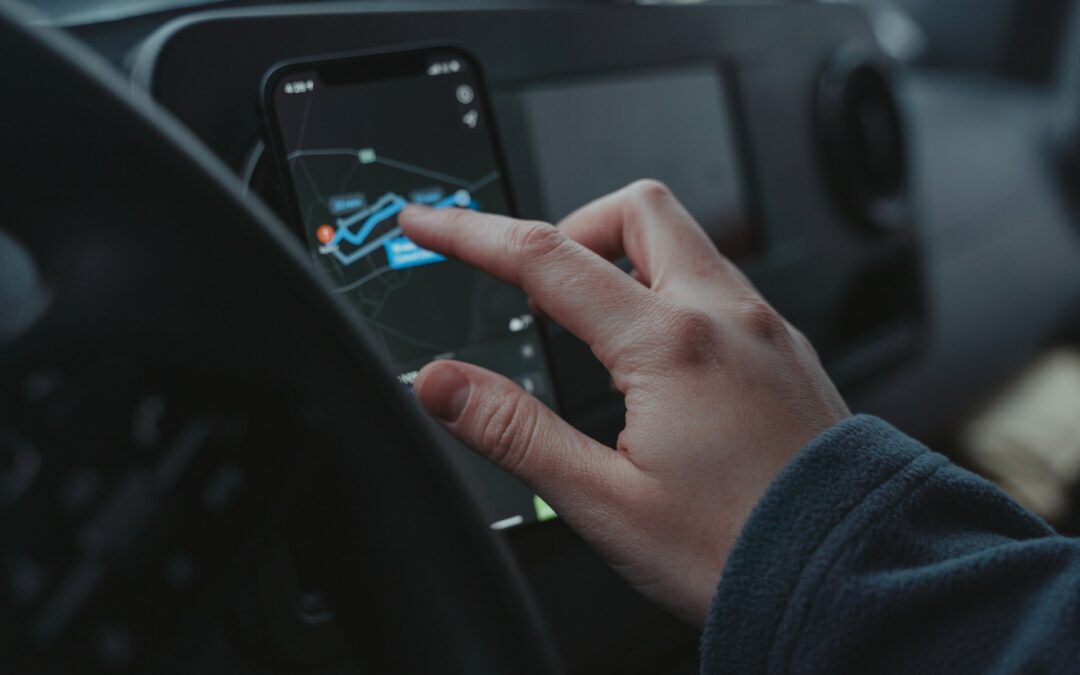In a significant move aimed at enhancing safety and security, the Indian government has made it mandatory for vehicles involved in transporting hazardous goods to be equipped with location tracking devices. The new regulation is expected to bolster oversight and monitoring capabilities, mitigate risks, and streamline emergency response in case of accidents or mishaps.
The decision comes in the wake of several incidents involving hazardous material transportation, where delays in response and inadequate information hampered rescue operations, putting lives and the environment at risk. The introduction of location tracking devices is a proactive measure that addresses these concerns head-on.
Under the new directive issued by the Ministry of Road Transport and Highways, all vehicles carrying hazardous goods, such as chemicals, flammable substances, or radioactive materials, must install GPS-based tracking devices. These devices will be integrated with the existing vehicle tracking system, enabling real-time monitoring of their whereabouts.
The location tracking devices will provide accurate and up-to-date information on the position, speed, and route taken by the vehicles. This data will be accessible to authorized stakeholders, including transport authorities, emergency services, and law enforcement agencies, facilitating prompt and coordinated response in case of emergencies or accidents.
In addition to monitoring the movement of vehicles, the tracking devices will also help enforce compliance with predetermined routes and safety protocols. If a vehicle deviates from its designated path or exceeds the permissible speed limit, an alert will be triggered, allowing authorities to intervene and take necessary action.
Furthermore, the integration of these tracking devices with the central command center will enhance situational awareness during emergencies. This will enable authorities to promptly assess the severity of a situation, mobilize appropriate resources, and provide accurate guidance to first responders, minimizing the potential impact of hazardous incidents.
The government’s decision has received widespread support from stakeholders concerned with public safety and the environment. Industry experts have lauded the move, citing the urgent need to enhance the safety standards and regulatory framework governing hazardous material transportation.
While the implementation of the new regulation will involve a financial burden for vehicle owners and transport companies, the benefits in terms of risk mitigation, streamlined emergency response, and enhanced public safety far outweigh the associated costs. The government has assured that it will work closely with stakeholders to ensure a smooth transition and provide necessary support during the implementation process.
In conclusion, the Indian government’s decision to make location tracking devices mandatory for vehicles transporting hazardous goods marks a significant step towards ensuring safety and security. By embracing technological advancements and leveraging real-time data, the authorities aim to reduce risks, enhance emergency response, and protect lives and the environment. This proactive measure sets a precedent for other nations to prioritize the safe transportation of hazardous materials, ushering in a new era of safety and accountability in the sector.



